FREDERICK CARL FRIESEKE (1874-1939)
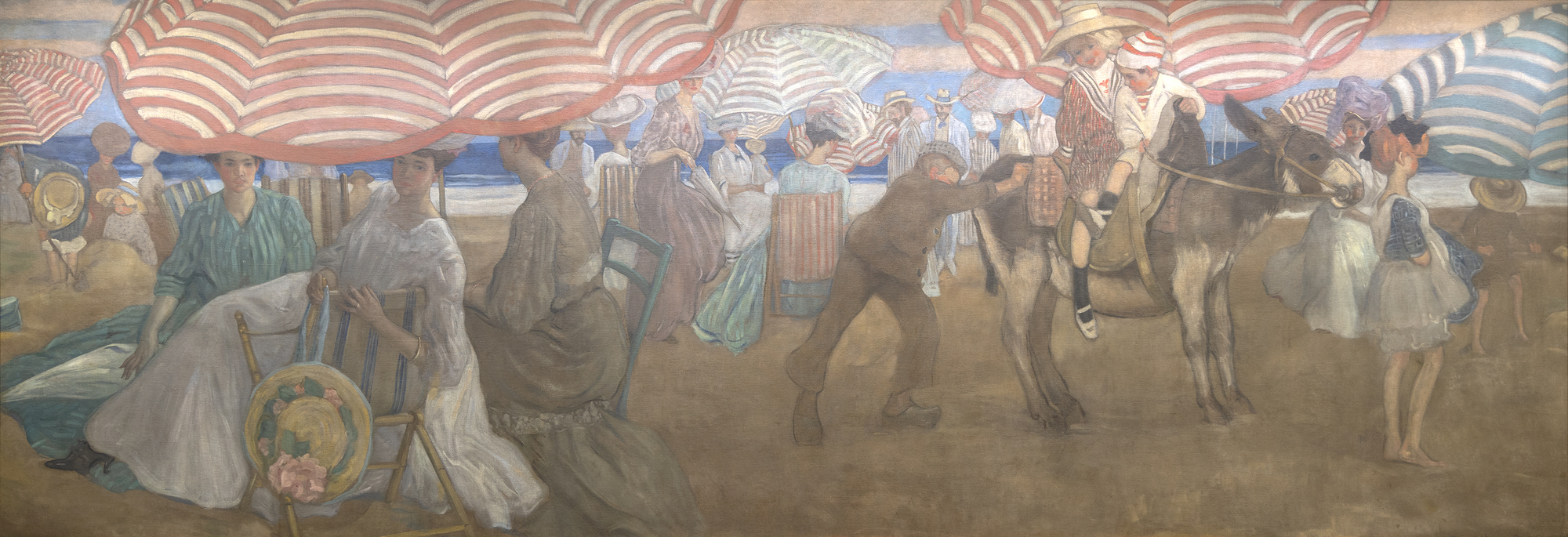
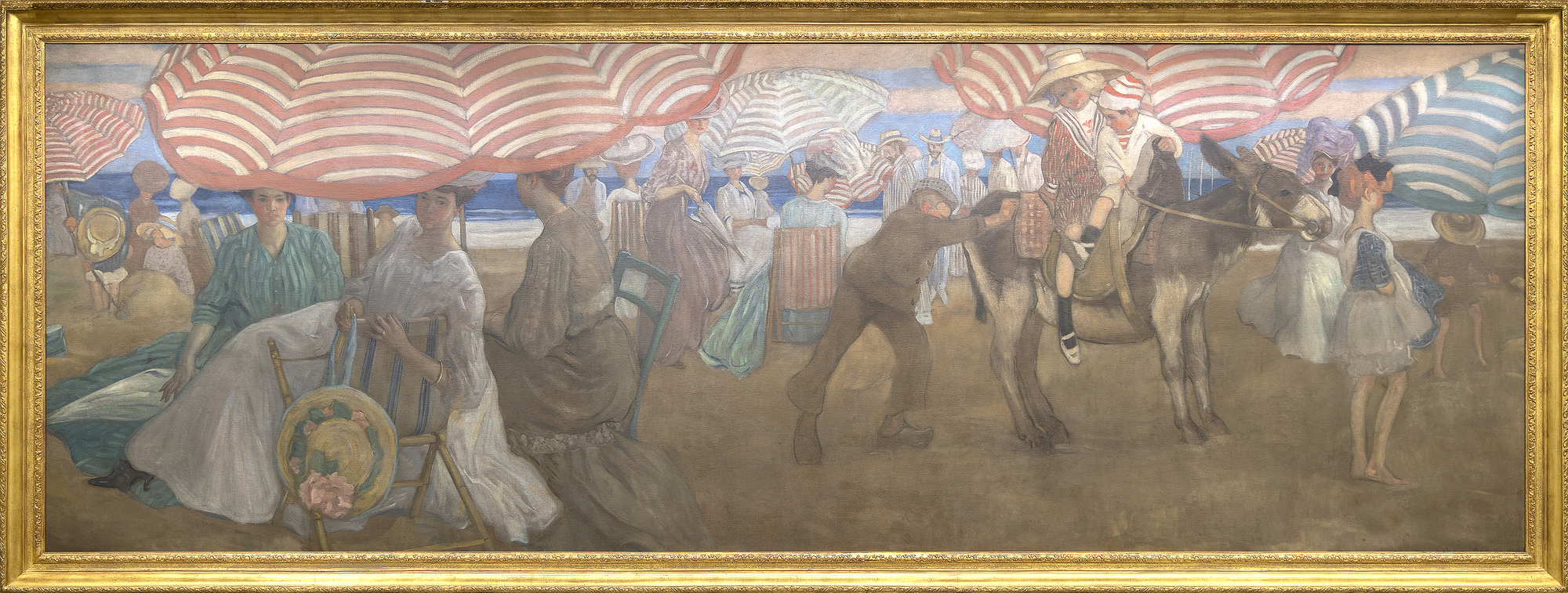
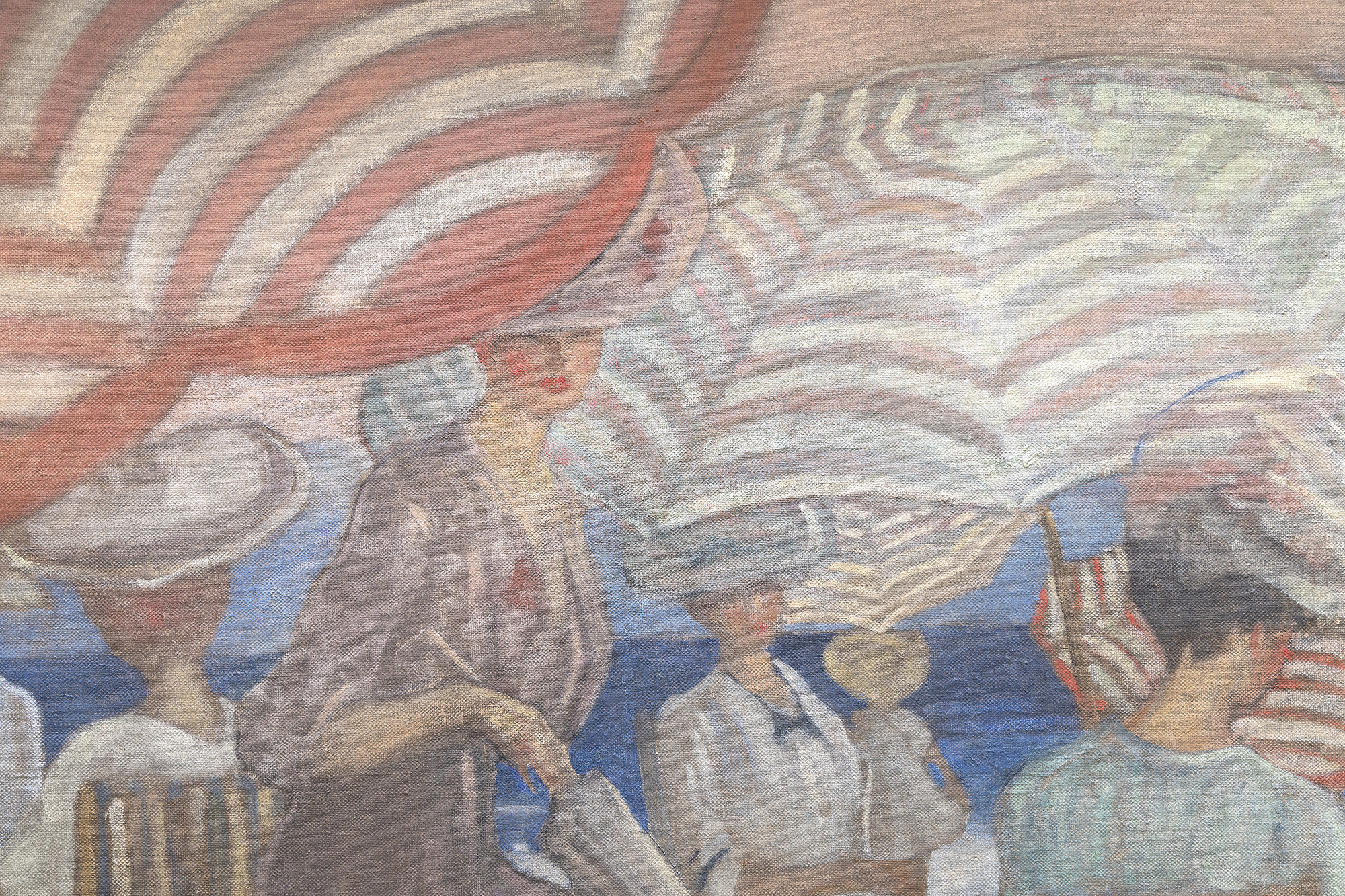
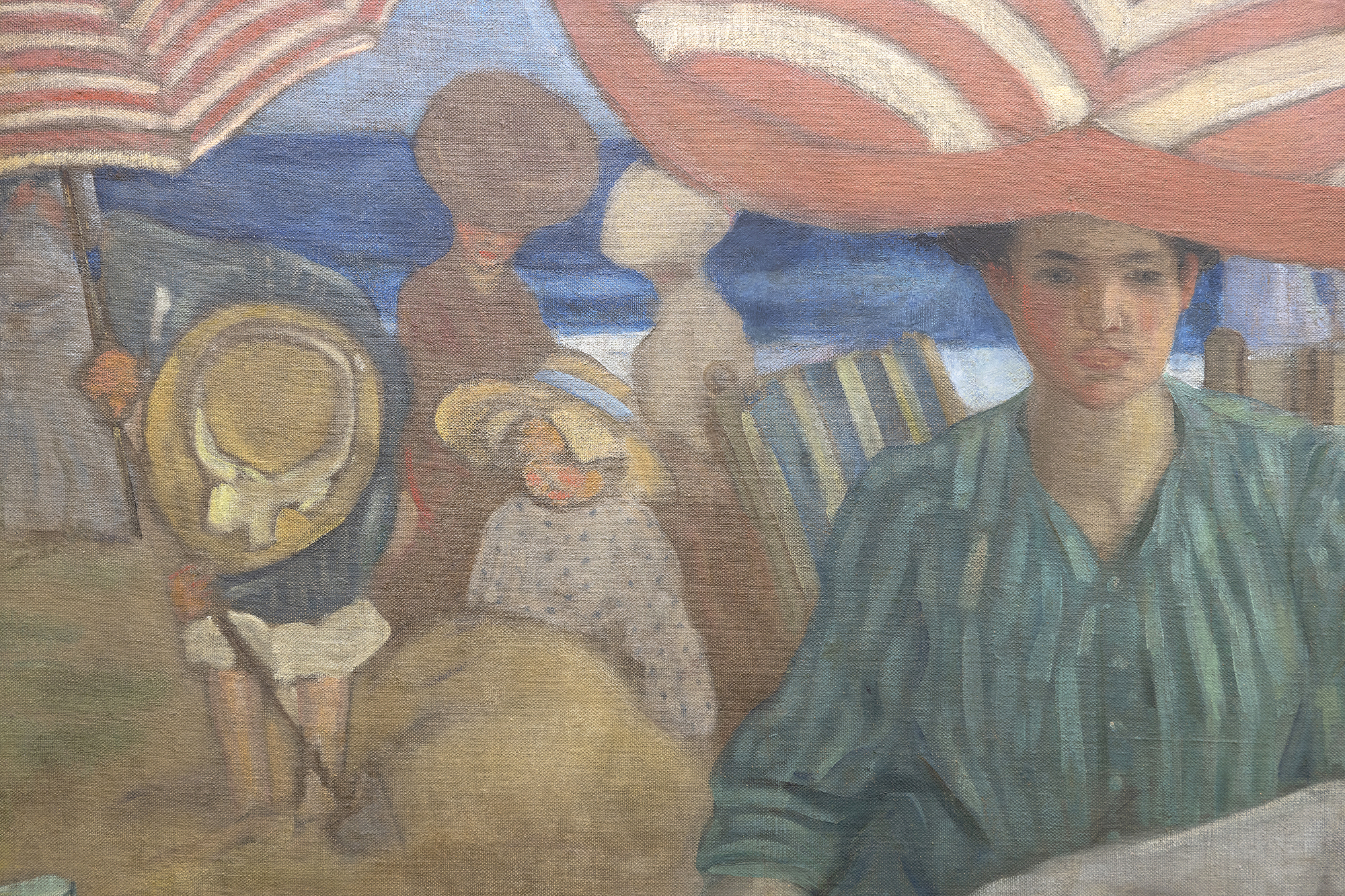
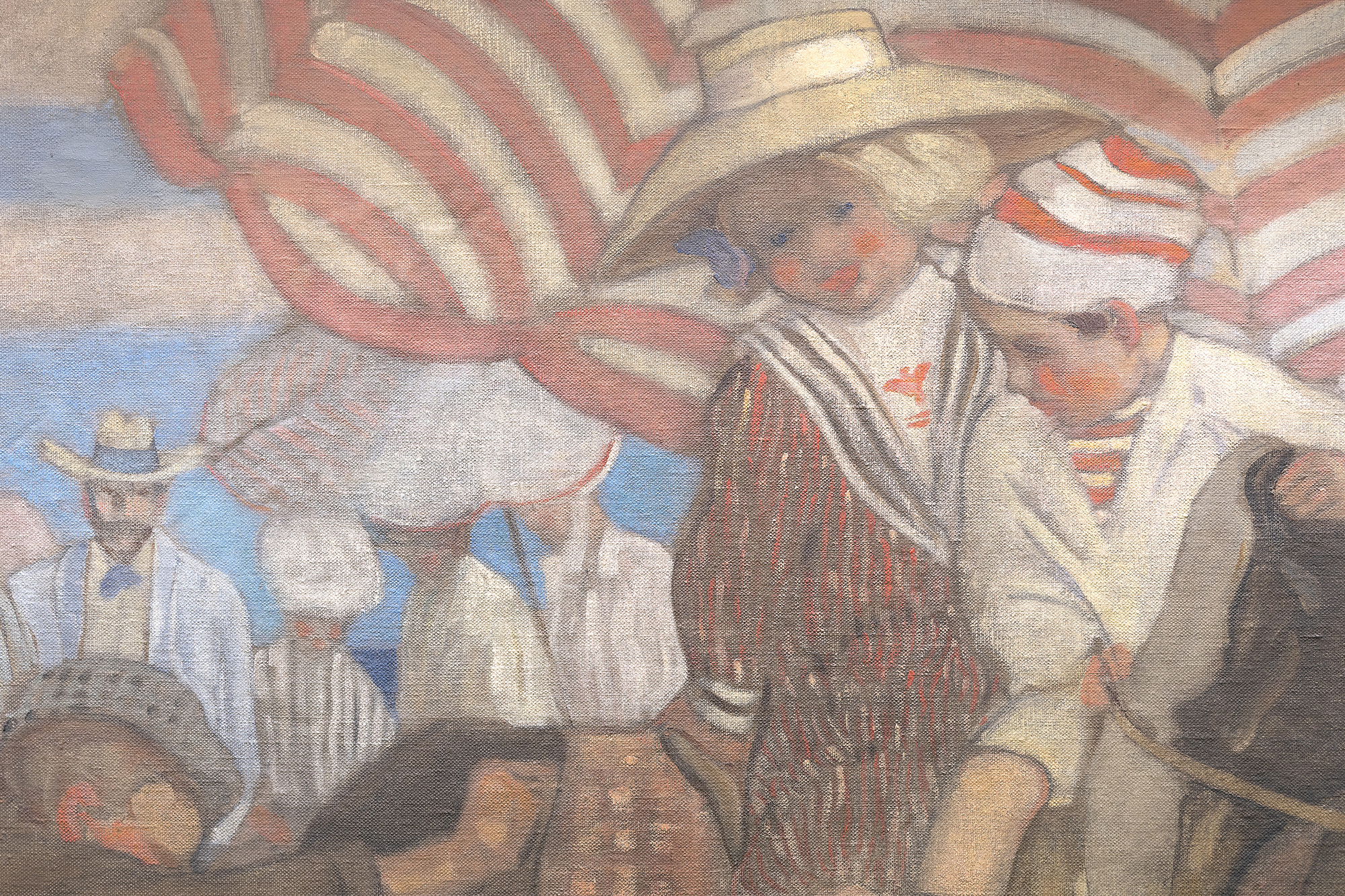
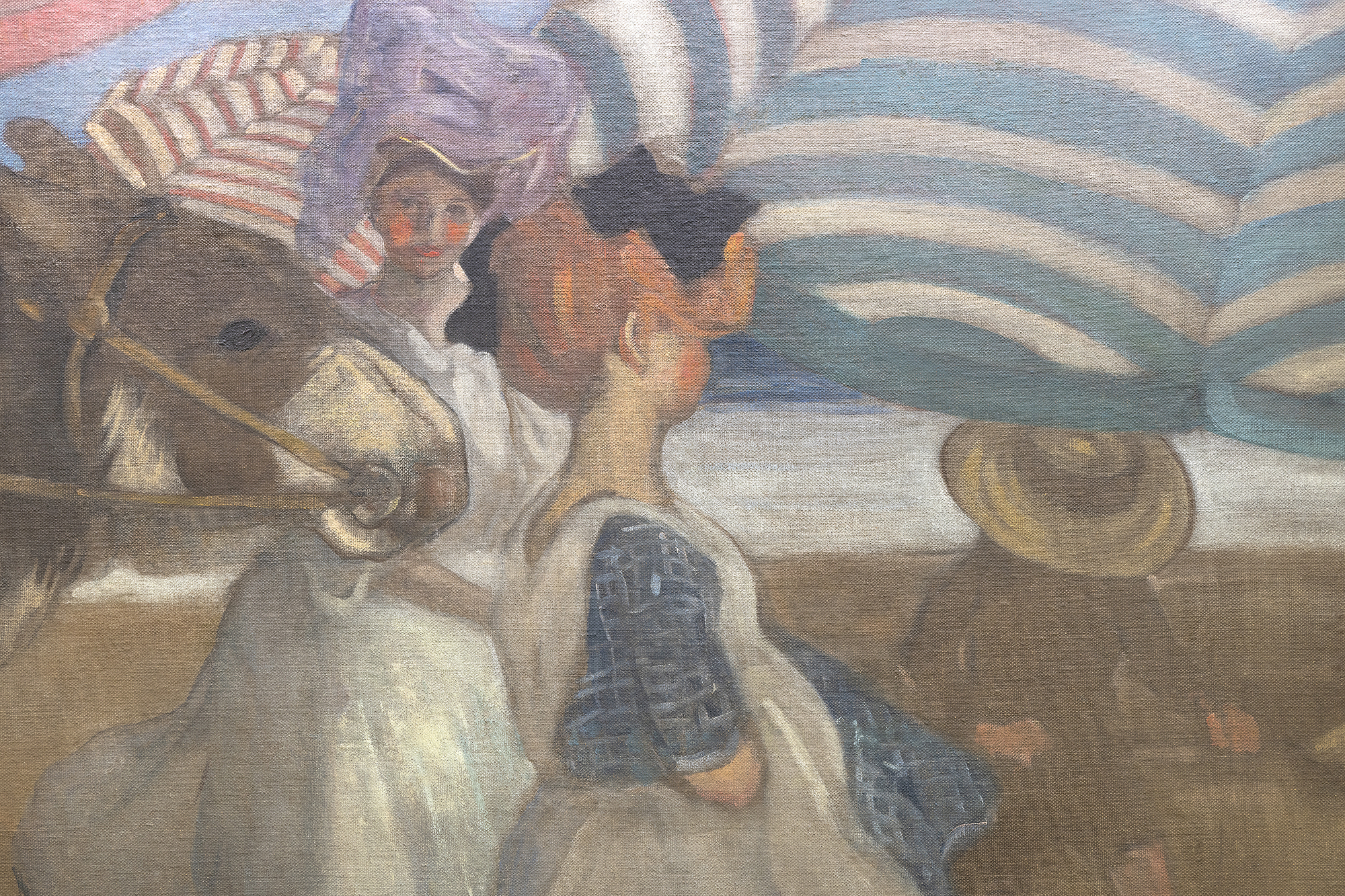
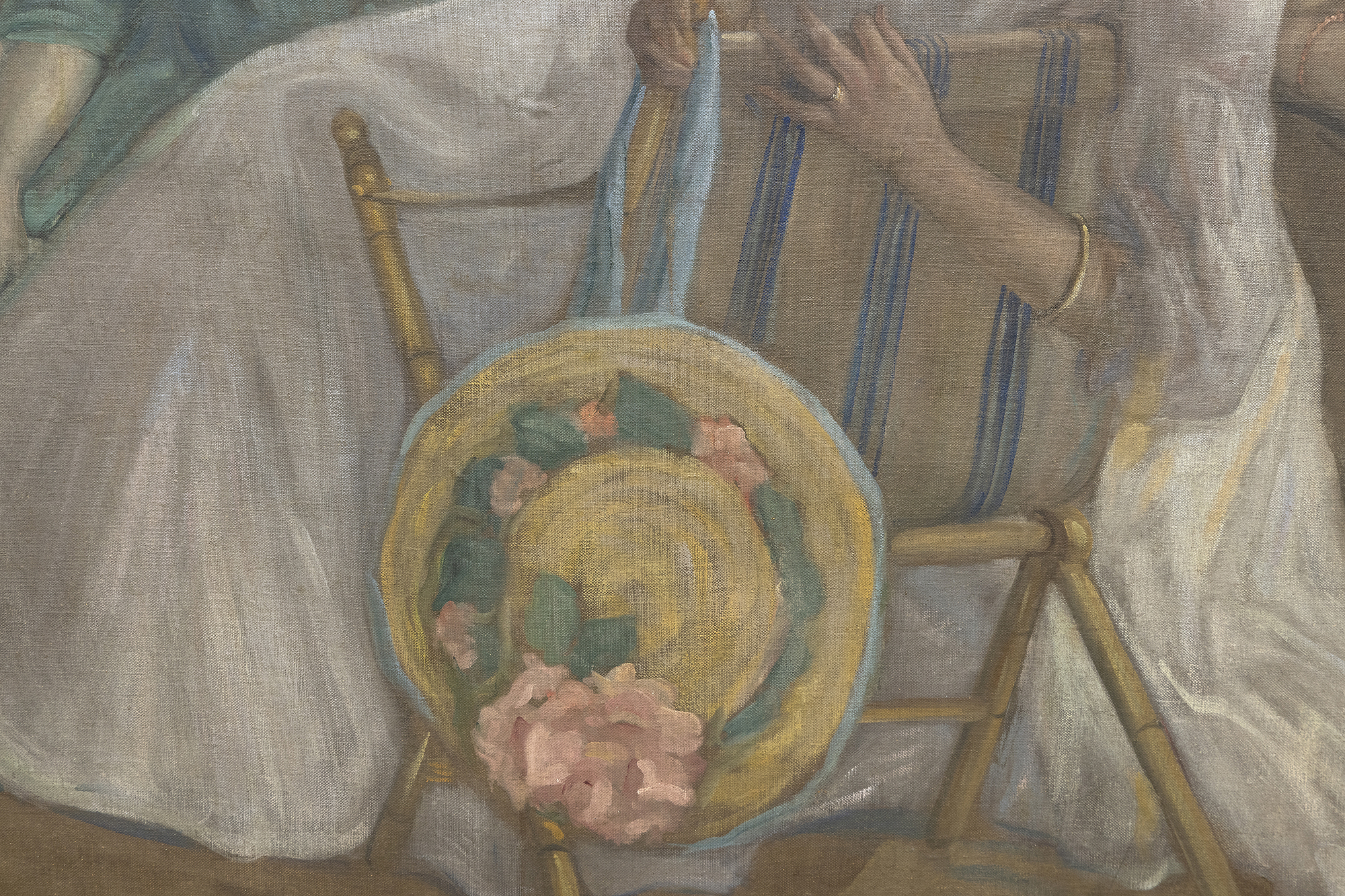
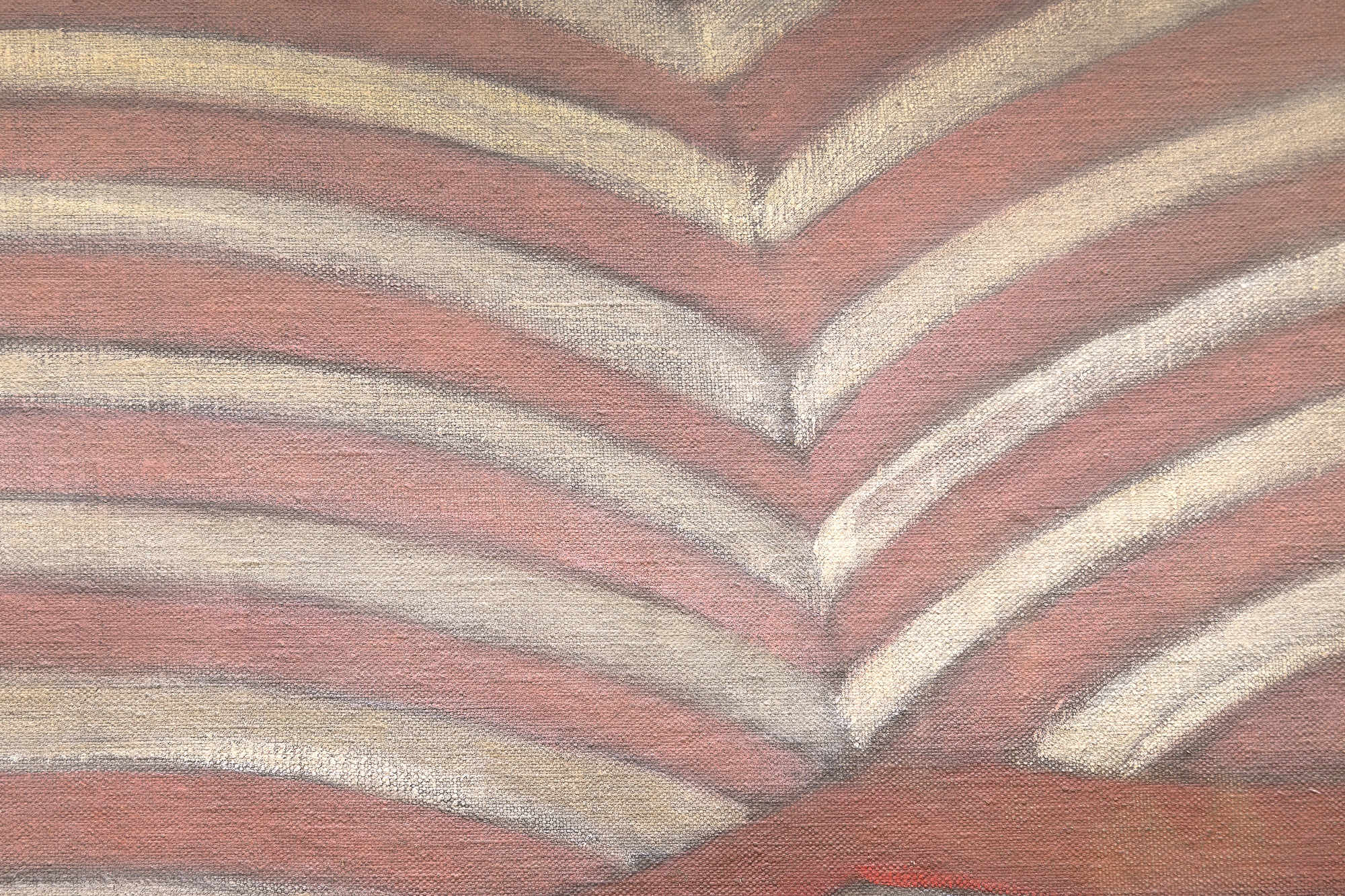
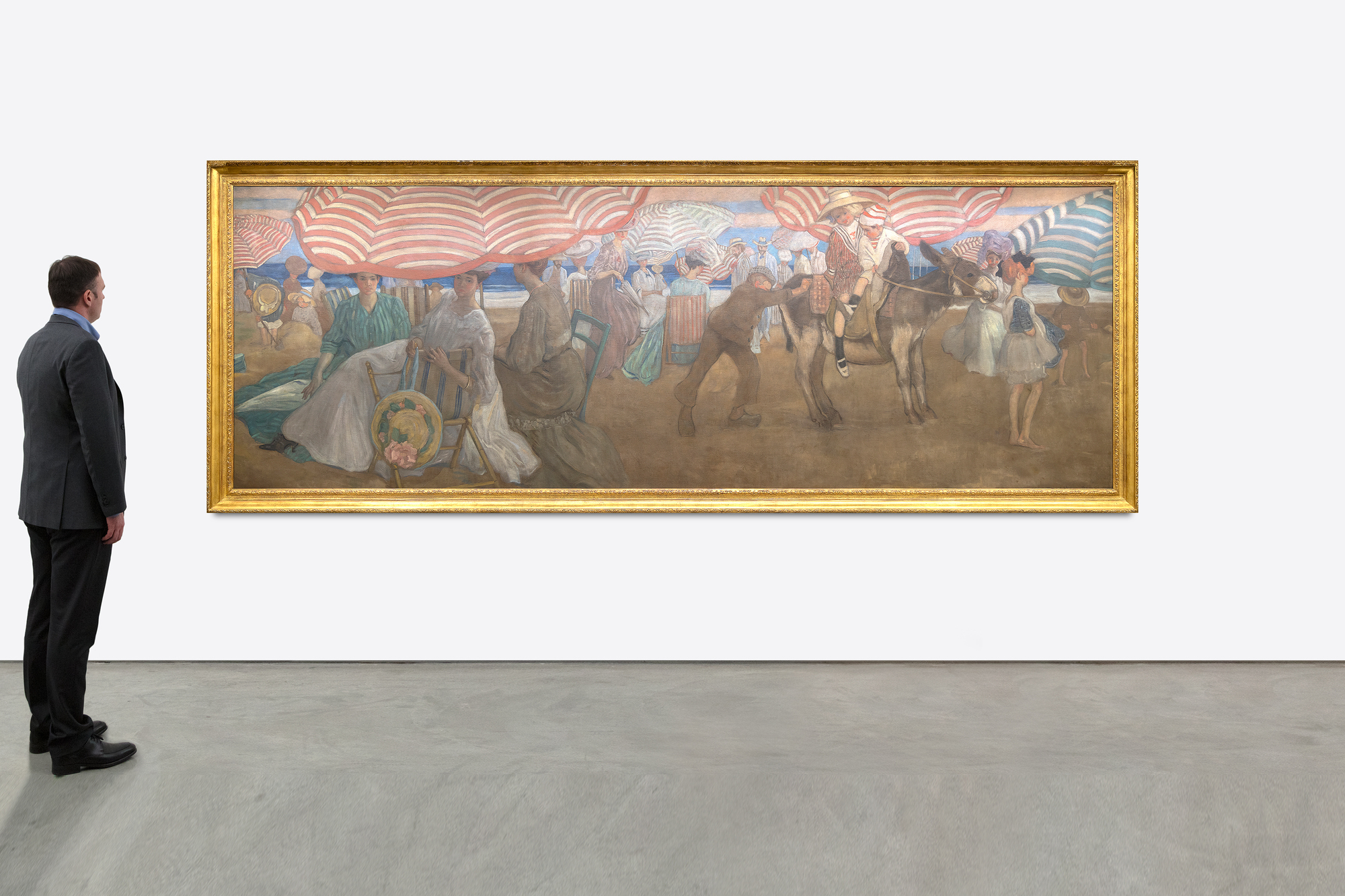

Provenance
Commissioned by Rodman Wanamaker for the Hotel Shelburne in Atlantic City David David Gallery, PhiladelphiaPrivate Collection, California
Heather James Fine Art
Exhibition
Telfair Museum Of Art, Savannah, Georgia, Frederick Carl Frieseke; The Evolution Of An American Impressionist, 2000/2001; travelling to Dixon Gallery & Gardens, Memphis, Tennessee, 2001; San Diego Museum Of Art, San Diego, California, 2001; Terra Museum Of Art, Chicago, Illinois, 2001Literature
N. Kilmer, Frederick Carl Frieseke; The Evolution Of An American Impressionist, Princeton U...More...niversity Press, 2000, reproduced p. 139. International Studio An Illustrated Magazine Of Fine And Applied Art, Volume Forty-Three, Comprising March, April, May & June 1911; numbers 169 to 172; ”American Artists In Paris” pages 263-270. L’Art Decoratif, Revue Mensuelle D’Art Contemporain, 8me Annee, 2 Semestre, Juillet 1906-December 1906; “La Decoration D’un Hotel Americain” page 195-200...LESS...History
Frederick Frieseke is often regarded as the finest American Impressionist painter of the figure. Yet when he came to study at Académie Juilian in 1898, several les Nabis painters remained a lingering presence, and it was the rich, decorative patterns of Edouard Vuillard and Pierre Bonnard that served as the blueprint for his early success. That influence is clearly demonstrated in the unrestrained repetition of the voluminous, pleated, striped umbrellas of Afternoon at the Beach, a canvas mural installed in the opulent Hotel Shelburne dining room overlooking the Atlantic City Boardwalk. The unifying impact of that repetitive element imbues the setting with cloud-like loft within a color scheme, evoking Vuillard and the richness of a Gobelin tapestry, rather than the effect of sunlight and broken color that mark his more familiar paintings from the decade of 1910 to 1920.
Afternoon at the Beach was installed under the artist’s direction in February 1906. It remained on view for decades at the swanky hotel that enticed “Diamond Jim” James Buchanan Brady to pay one thousand dollars a week for permanent residence and was an unfading memory for throngs of well-heeled socialites, financiers, and notables from Irving Berlin to John Philip Sousa and Ethel Barrymore to Al Jolson. Undoubtedly, its presence high on the grand dining room wall contributed to the artist’s popularity and renown.
Today, we may look upon this long, frieze-like composition as a delightful fin-de-siécle costume study or an informative expose of Victorian mores as suggested by the separate spheres of gender groupings. But mostly, Afternoon at the Beachrecounts the artist’s unbridled delight and appreciation of women, here, expressed within familial, maternal, and social contexts. It is the subject and theme that brought Frieseke acclaim and awards on both sides of the Atlantic and which, to this day, endears him to the many who count him among the most beloved of American figurative painters.
Paintings in Museum Collections
The North Carolina Museum of Art, Raleigh
Los Angeles County Museum of Art
El Museuo Nacional Thyssen-Bornemisza, Madrid
The Museum of Fine Arts, Houston
The Metropolitan Museum of Art, New York
The Huntington, San Marino, California
The National Gallery of Art, Washington, D.C.
The Art Institute of Chicago
Image Gallery
Authentication
Afternoon at the Beach can be found on page 139 of Linda McWhorter’s catalogue for the exhibition Frederick Carl Frieseke: The Evolution of an American Impressionist. The exhibition, and its corresponding catalogue, were produced by the Telfair Museum of Art in Savannah, Georgia. The catalogue notes Afternoon at the Beach‘s unique origins as a mural for the historic Hotel Shelburne.
Inquire
You May Also Like






































